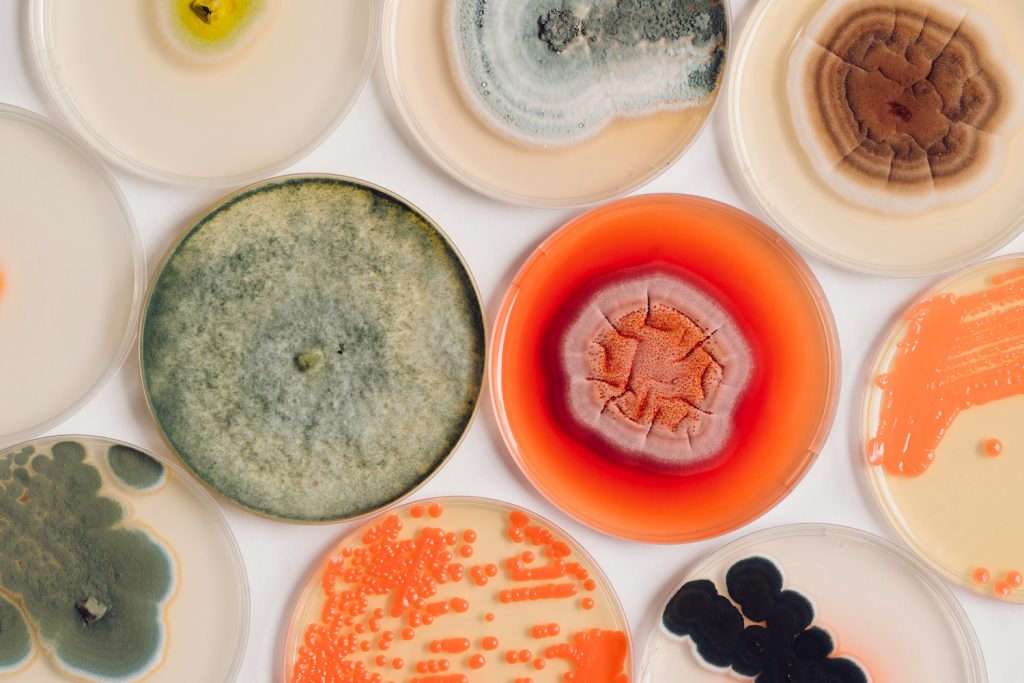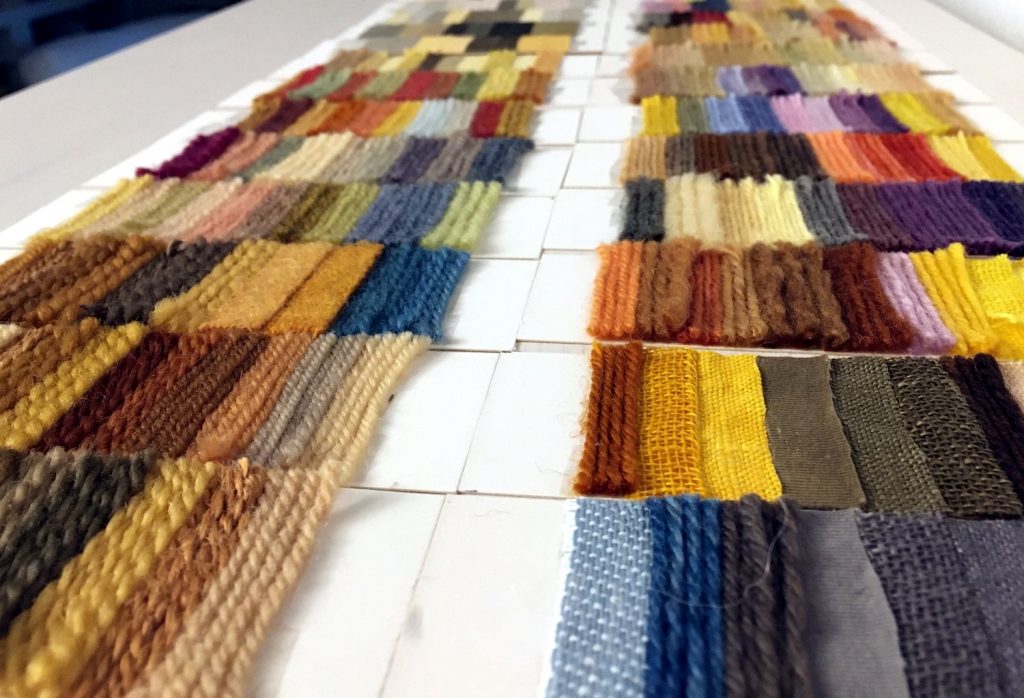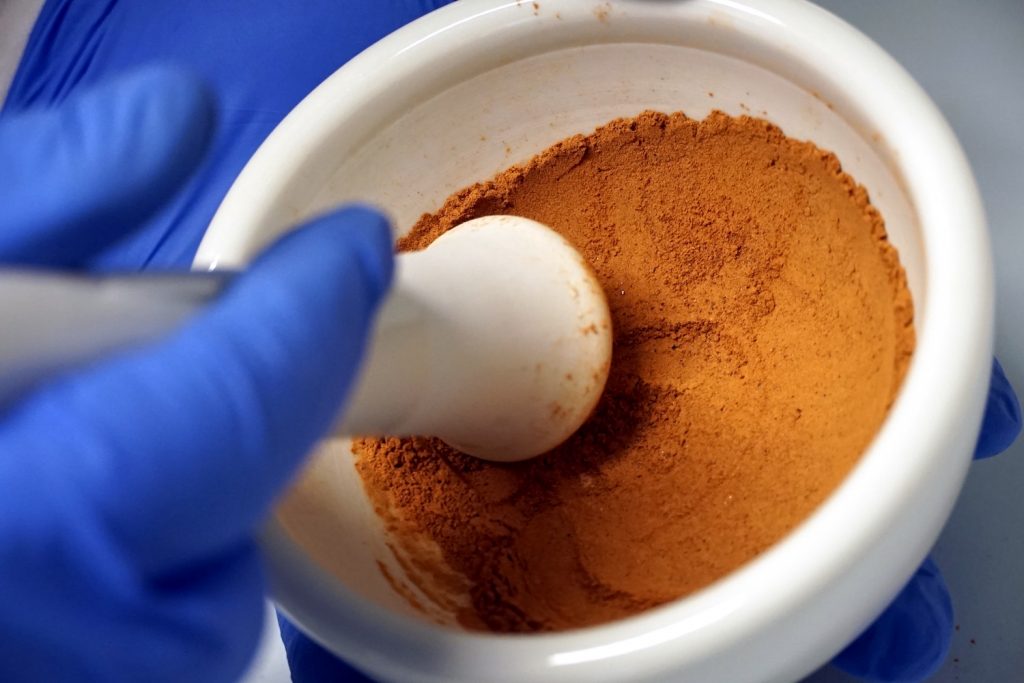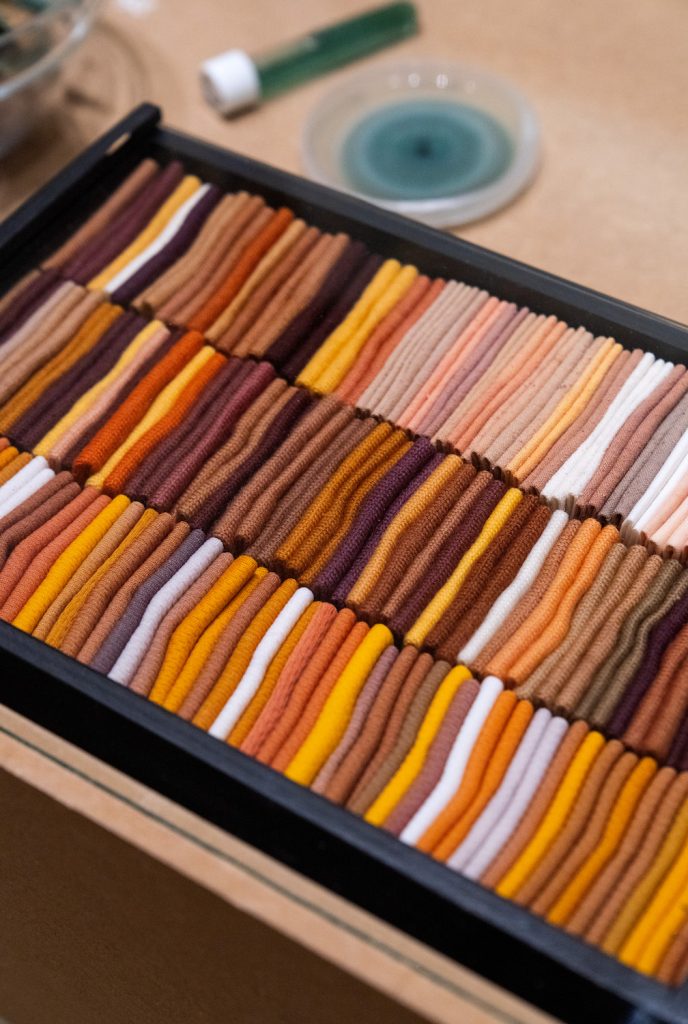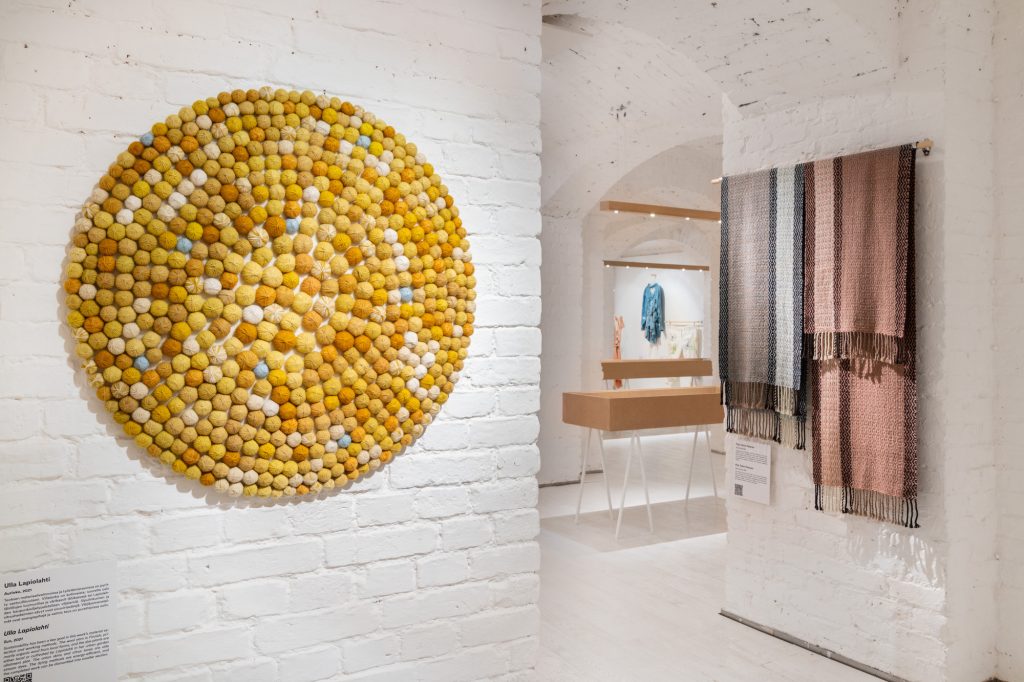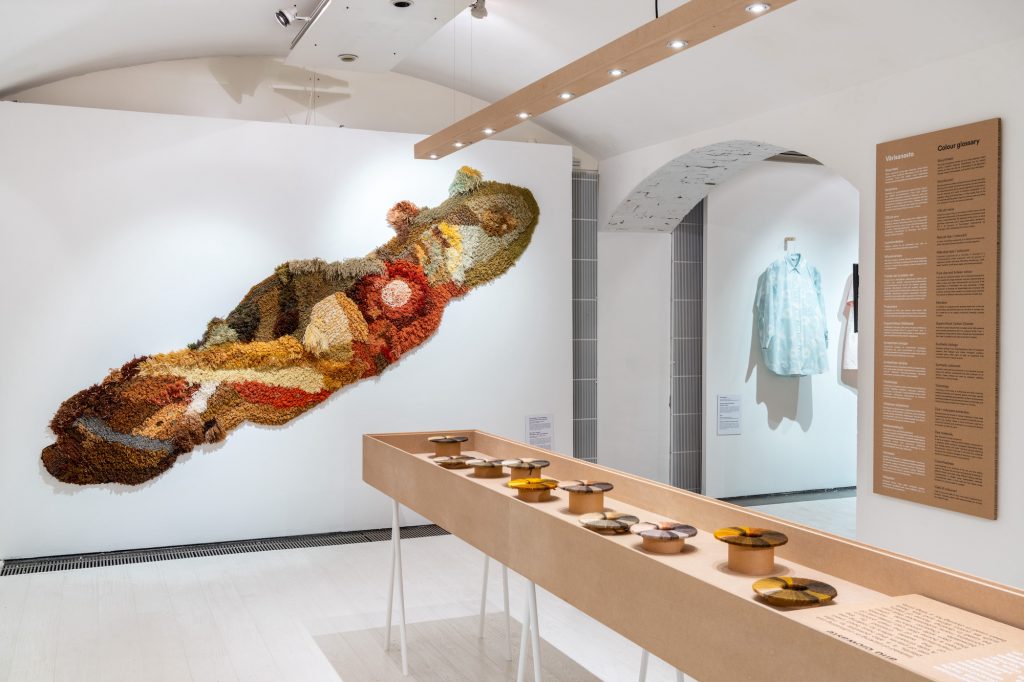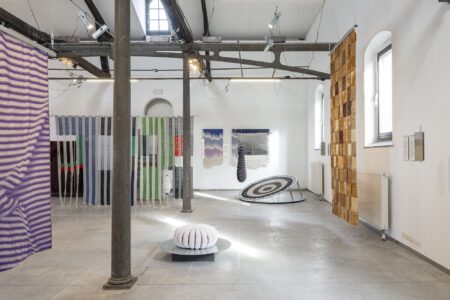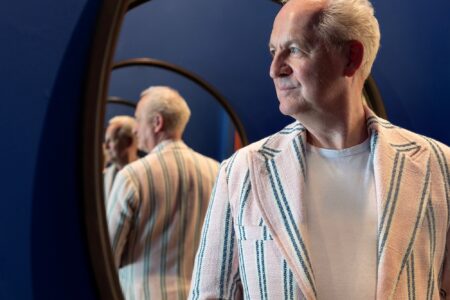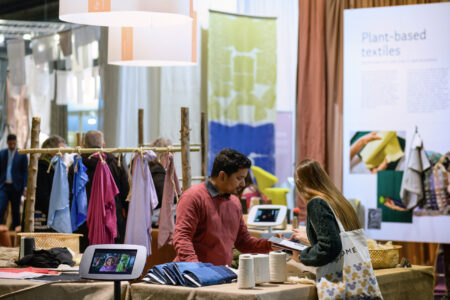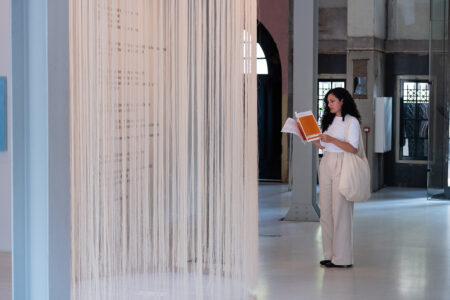
Sustainable Colour
From onion skins to bio-waste, an exhibition in Helsinki spotlights the growing movement of using natural dyes on a small and large scale.
The Design Museum in Helsinki recently hosted an exhibition titled, “Sustainable Colour,” curated by the Craft Museum of Finland and made in collaboration with the BioColour project led by the University of Helsinki, Coloria.net and the Finnish Dyer’s Guild. The exhibition looked at the use of natural dyes, dyeing trends, future and sustainable development, as well as various dyeing techniques and their ecology.
While synthetic dyeing was an inevitable result to large-scale manufacturing and demand from the late 19th century, in recent years, the quest for more sustainable textile-dyeing techniques has become a critical issue in fashion and design because of its massive polluting factors through excessive water use, chemical waste, toxic sludge and more. In a turn away from the industrial, designers and makers are embracing the ages-old techniques of natural dyeing and using foraged and organic materials to create beautiful dyes for clothing, artwork and home textiles. Through their work, social media channels and books, there has been a flourishing movement that has inspired people to learn the techniques and apply them into their daily lives. During the pandemic, as much as making sourdough bread was a trend, people were experimenting with onion skins and avocado pits in make-shift home dyeing studios. While at the same time, scientists, designers and innovative thinkers are using technology and biology to help discover new possibilities of natural dyeing through microbes, waste-water, or bio-based materials, exploring how to bring sustainable dyeing to a larger scale that is able to cater to the global demand. This is where initiatives such as BioColour research project in Helsinki are making waves.
As the Craft Museum of Finland´s senior curator Mikko Oikari, explains, “The future of bio-dyes in industrial-scale production requires a careful study of the entire dye production chain. How is the dye isolated for use and are their compounds safe from an environmental and human health perspective? The dyeing process itself studies dyeing methods, conditions, and excipients used, and the durability of the resulting dye under varying conditions. One solution for the future may be a completely anhydrous dyeing process. The type of dyes that will be used in the future depends a lot on our attitudes and demands on colours. Colours produced from bio-based sources could be a natural part of our way of life, where the origin, sustainable production and recycling of materials would be emphasized more and more.”
The exhibition featured the work of several Finnish artists including Aino Favén, Päivi Fernström, Päivi Hintsanen, Maarit Humalajärvi, Ulla Lapiolahti, Saija Lehtonen, Tupu Mentu, Terhikki Mäkelä, Katja Syrjä, Pirjo Talvio-Pasanen, Päivi Vaarula, Krista Vajanto and Kristiina Valolahti, as well as numerous members of the Finnish Dyer’s Guild and examples of biochemical research work in the BioColour project.
Presenting traditional techniques alongside more future-focused projects through the lens of art, design, science, fashion and tech puts forward a realistic and reassuring proposition of how we can start to shift away from our dependence on chemicals and unsustainable practices towards a more natural and ecologically better future in textiles.
Designmuseum.fi
@designmuseo.fr
biocolour.fi
@biocolour
craftmuseum.fi
@ suomenkasityonmuseo
